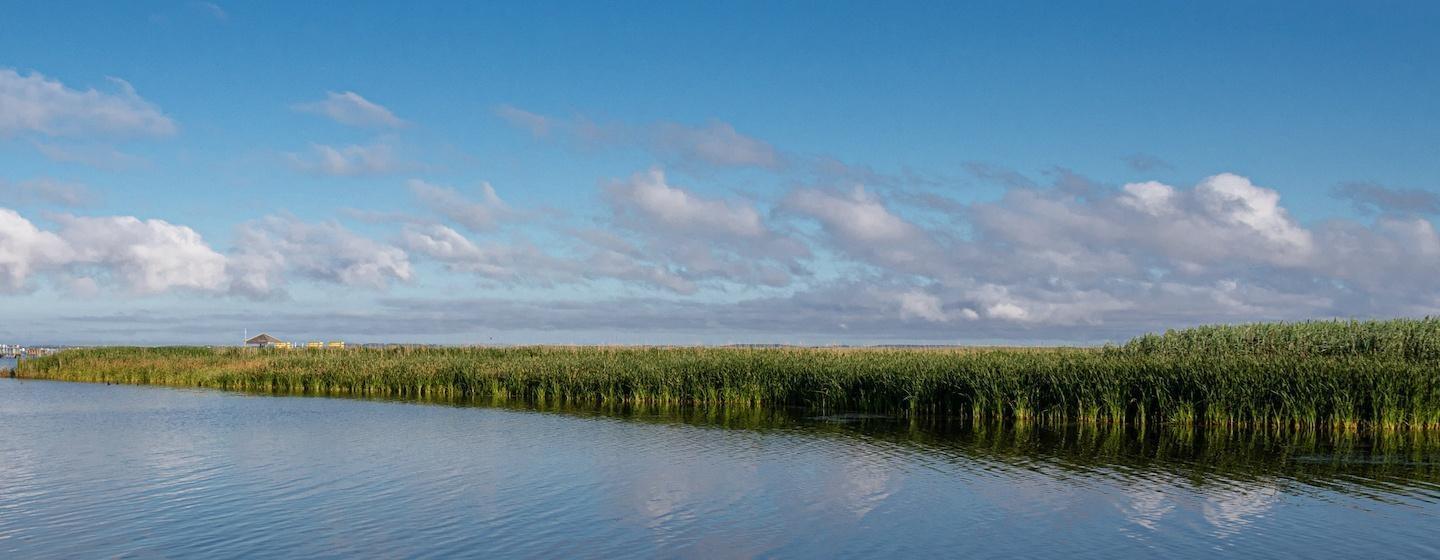Why Some Small Bodies of Water Are Called "Sounds"


Before doing any reporting on Currituck Sound, I had to answer the most basic of questions: just what is a sound?
It turns out there are a couple of ways to define a sound.
One type of sound is a relatively narrow passage of water between the mainland and an island. It's also an inlet, bay or recessed portion of the ocean. Currituck Sound certainly fits those definitions. So does Pamlico Sound, as well as Puget Sound in Washington.
In areas explored by the British, the term "sound" was applied to inlets containing large islands, such as Puget Sound. It was also applied to bodies of open water not fully open to the ocean, or broadenings or mergings at the openings of inlets.
Still I couldn’t quite find where the term “sound” originated. I did find one theory that it is a throw back to the days of large sailing ships. When one was out in the stormy sea, it was good to finally make your way to the calmer and safer waters of the harbor—to be "safe and sound."
I’m not sure if that is accurate, but it certainly makes for a good story. See below for a story about Currituck Sound.
Scientists launch the first study of Currituck Sound, including water quality, wildlife, and habitat. The sound is one of the largest on the East Coast, but it's unique because it is not a tidal estuary, making it a virtually fresh water sound.